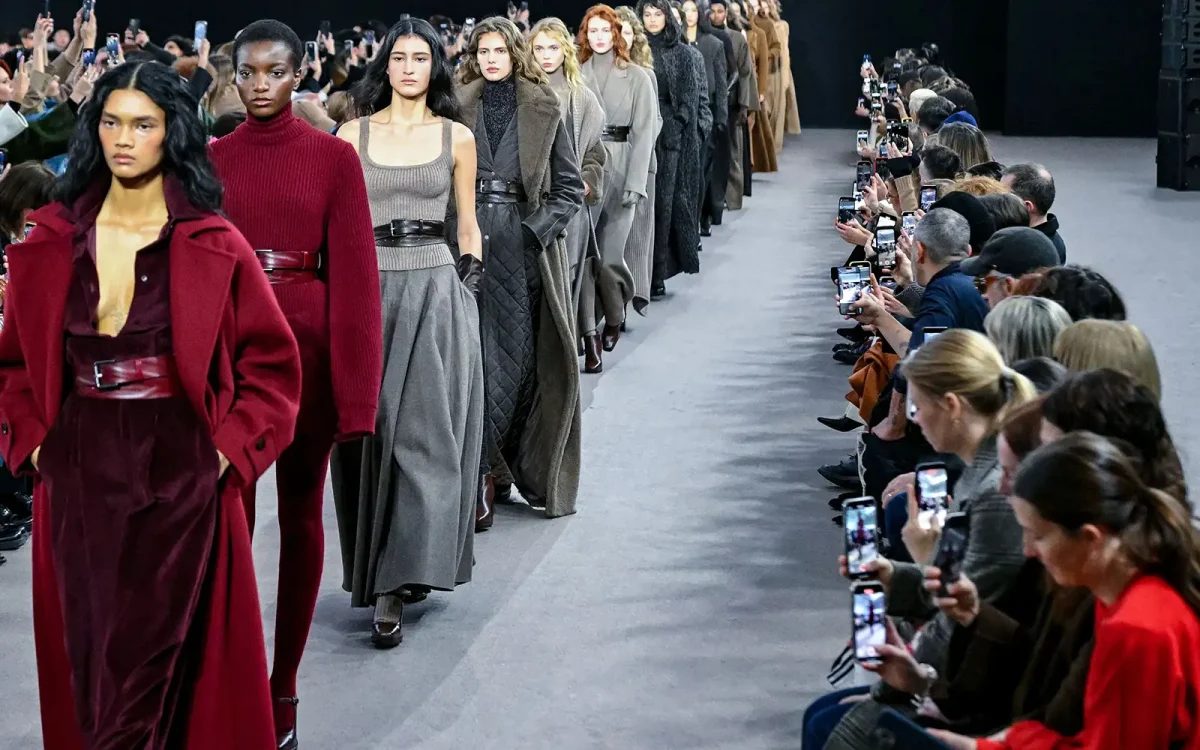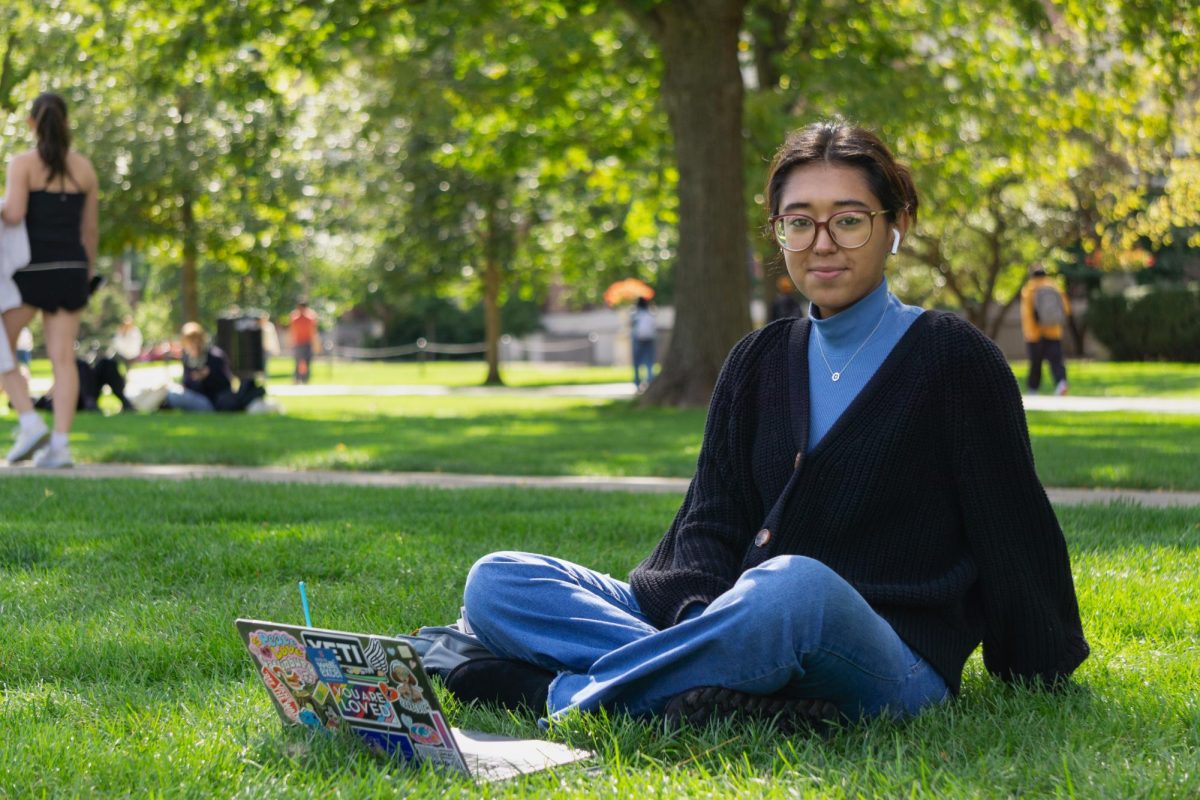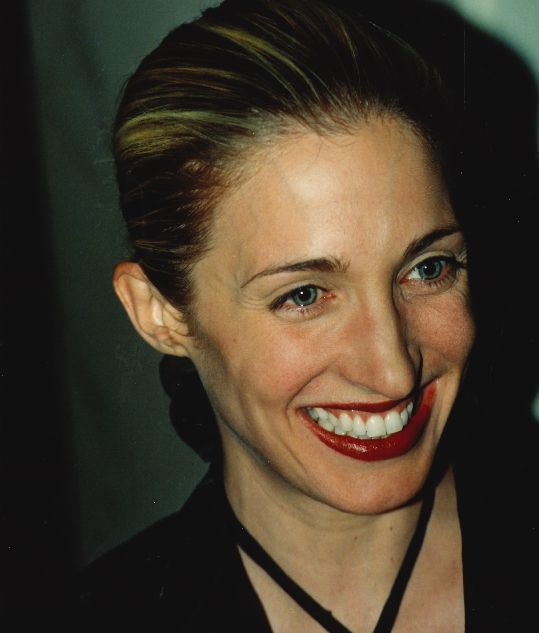Last updated on March 29, 2025 at 02:20 p.m.
Paris Fashion Week’s fall-winter ready-to-wear season ended on Tuesday with a stunningly color-saturated collection by Anthony Vaccarello at Saint Laurent. Since March 3, designers have displayed their latest works on the runways of Paris for the world to see.
Furs, knits and overcoats, staples of the fall-winter season, were abundant as models strutted through train stations, blood-red bathrooms and runways with gravity-defying confetti. This season offered eye-boggling silhouettes, captivating color palettes and unique accessories that will certainly be on red carpets in the future. Let’s look at some of the best shows Paris Fashion Week had to offer.
Comme des Garçons
The pinnacle of avant-garde fashion design, Rei Kawakubo, returned to Paris to parade yet another womenswear collection that pushed fashion’s limits. Under her self-made label, Comme des Garçons, Kawakubo has always stood out for the impossible contours and shapes she creates with folds and manipulations of fabrics.
This show was no different, showcasing gloves imitating the claw of a lobster, suits with breathtaking angles and bulbous tartan dresses that exhibit the extent of Kawakubo’s tailoring and design prowess.
Get The Daily Illini in your inbox!
The show featured only 20 looks, but each model wore a design so jaw-dropping and meticulously crafted that one could spend hours admiring its details.
Kawakubo’s husband, Adrian Joffe, described the show’s theme as “small can be mighty,” referring to women in the patriarchy and small businesses trying to survive in a largely mega-corporatized world. This can be seen as a series of body-contorting suits in traditional menswear fabrics — pinstripe, checkers and gray flannel — and the large hats covering the female models’ faces that opened the runway.
The looks then shifted to be more womenswear-oriented, as models came down the runway in large skirts with flower motifs, pink and red dresses with an uncountable number of folds and miraculously constructed geometric gowns.
Comme des Garçons’ fall-winter collection surpassed all expectations. The attention to detail and execution was nothing short of astounding. How Kawakubo does it is a question that perhaps no one besides herself will know the answer to.
McQueen
McQueen’s newest creative director, Seán McGirr, took inspiration from Charles Dickens’ “Night Walks” for this season’s womenswear show. A story, in McGirr’s own words, about “a character who is an insomniac and ends up strolling around London until dawn.”
The collection features gowns with Victorian-age motifs: impossibly high collars, oversized frilled cuffs and tall, arched shoulders.
The opening looks were all black, showcasing impressively tailored coats, suits and dresses that one would expect to see on a walk in a night of Victorian London. The runway then became washed in color as a duo of red gowns appeared with a swirl of layered skirts.
Dresses in black, red and white with shoulders made of shearling reminiscent of angel wings drift down the runway next. Later, a trio of suit ensembles with the frilliest sleeves and a series of dresses with collars so high they cover the models’ mouths, beautifully embroidered with lace and sequins, soon follow.
While this marks McGirr’s third show as creative director for McQueen, he already has a deep understanding of implementing a remarkable style and theme. This show’s vision was executed with such precision; it is exciting to think of what he has in store for the brand.
Alaïa
Pieter Mulier’s latest show at Alaïa was awe-inspiring. It is rare nowadays for designers to think and create out of the box. And out of the box, this collection certainly was.
Models graced the runway with semitranslucent gossamer tops with doughnut-shaped hoods encapsulating their heads. Paired with long, flowing pleated skirts with an exaggerated, angular hip, the silhouette was nothing ever seen before.
Several cable-woven tops with large circular sleeves and curving lapels cropped just above the waist came next, showcasing exquisite construction techniques.
The exaggerated hip skirts made a second appearance, this time paired with cropped high-collared leather jackets with sleeves evocative of the shape of a nutcracker’s arm.
Beautiful gowns with midriff cut-outs seemed to float impossibly on the models, making one question just how it was done.
The show closed with the doughnut-like hood tops paired with very long, sparkling skirts with the same exaggerated hip motif. The skirts’ hip detail combined with a taper near the models’ feet gave the comic impression of a condom.
In a backstage debrief, Mulier described there was a “fil rouge” or “red thread” of commonalities from designs of different cultures and times that linked each look to one another.
This show was one of the most memorable of this year’s Paris Fashion Week for its originality and extraordinary design techniques.
The last few seasons of collections have been somewhat stagnant. However, the Comme des Garçons, McQueen and Alaïa — as well as Chloé, Tom Ford, Schiaparelli and several others — demonstrate a bright future for fashion. With new designers and brands emerging, it is exciting to think of what is to come.






